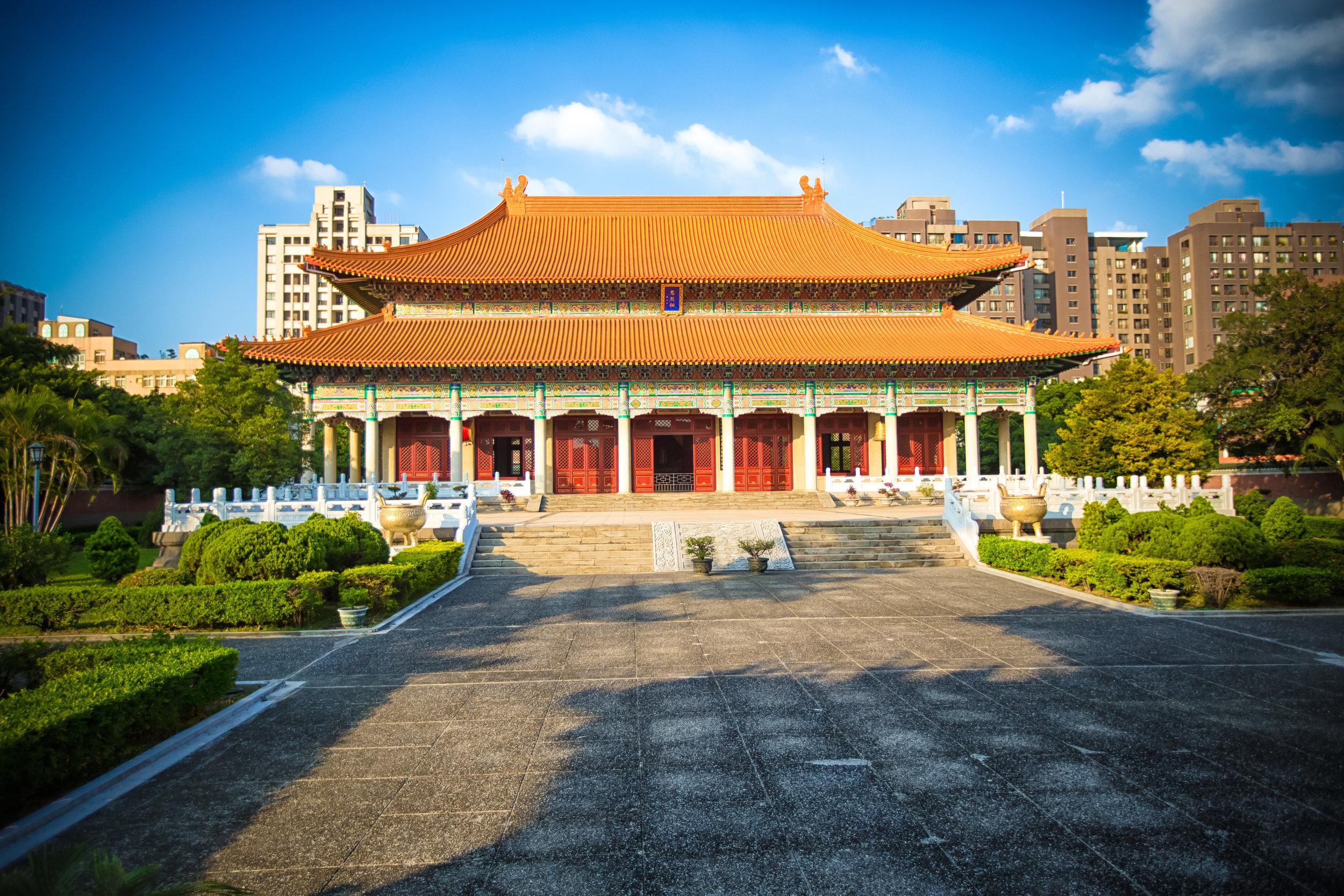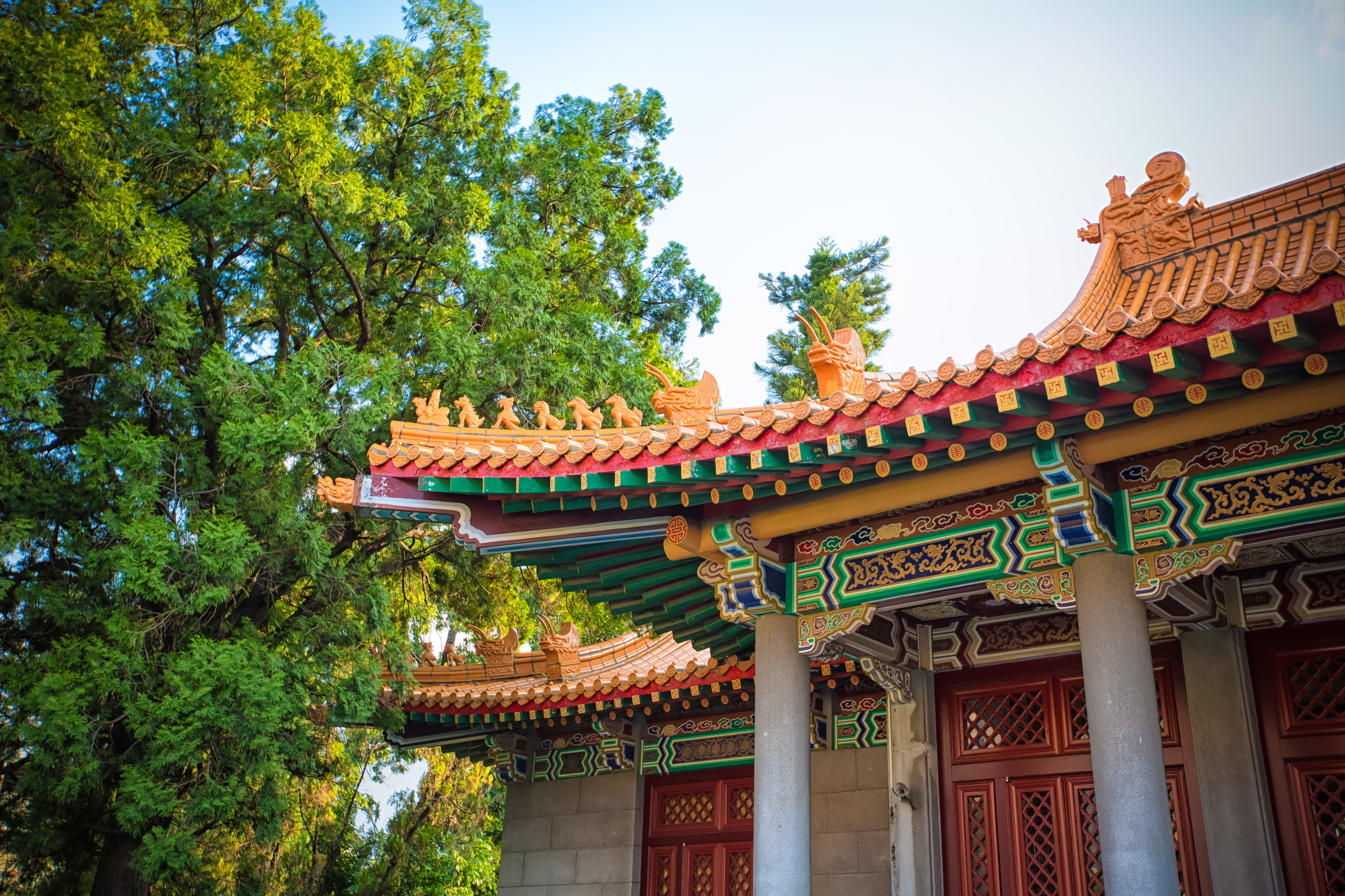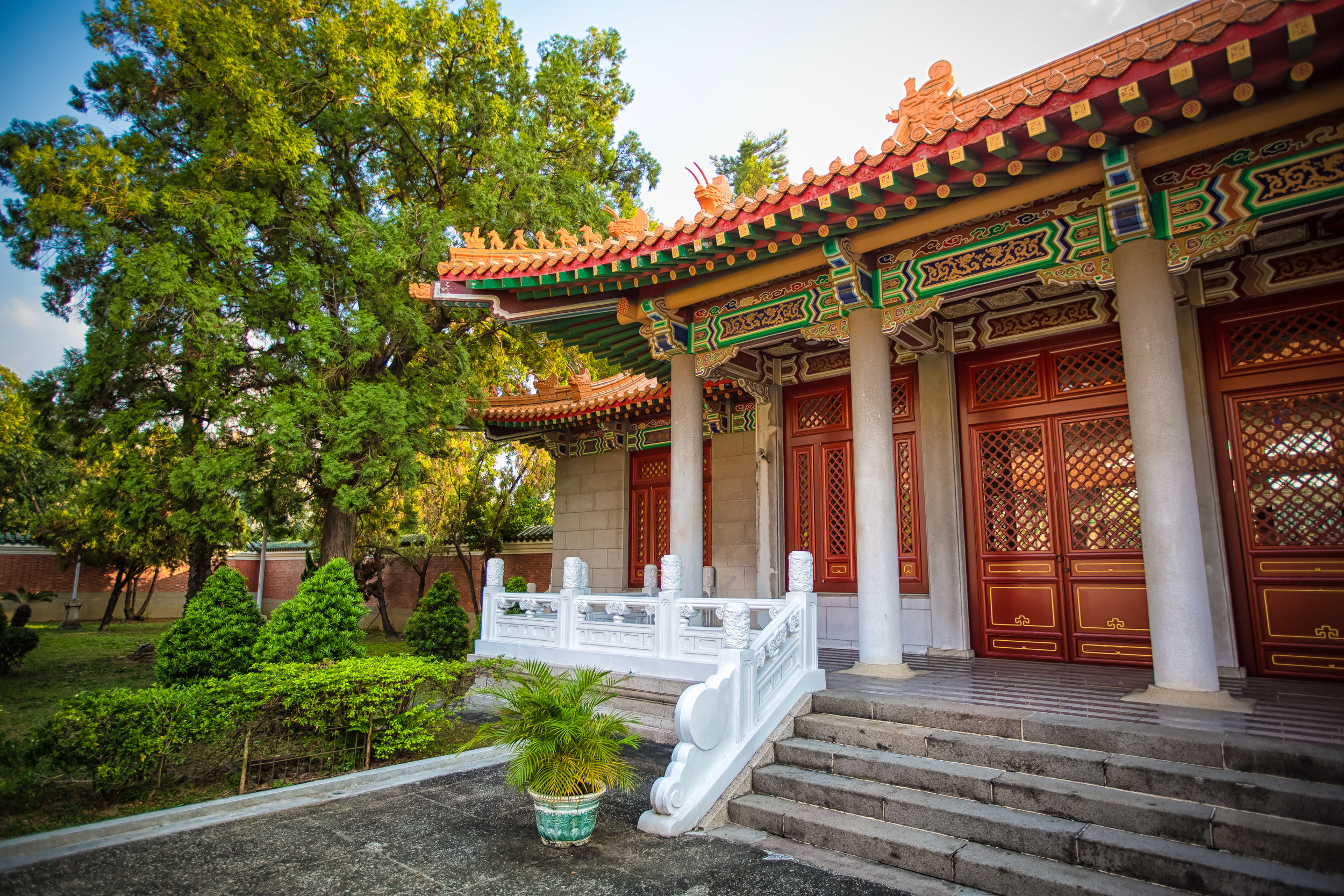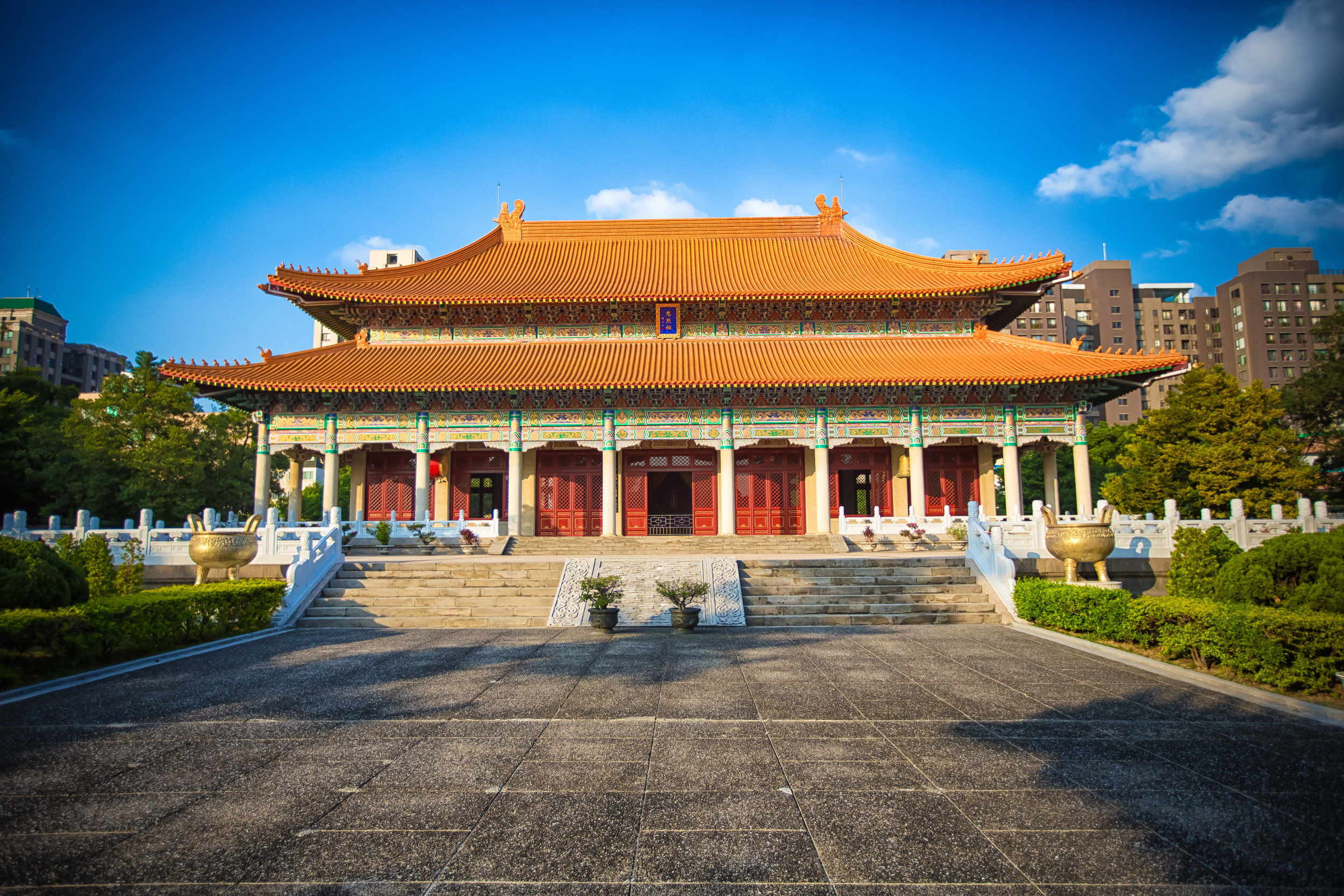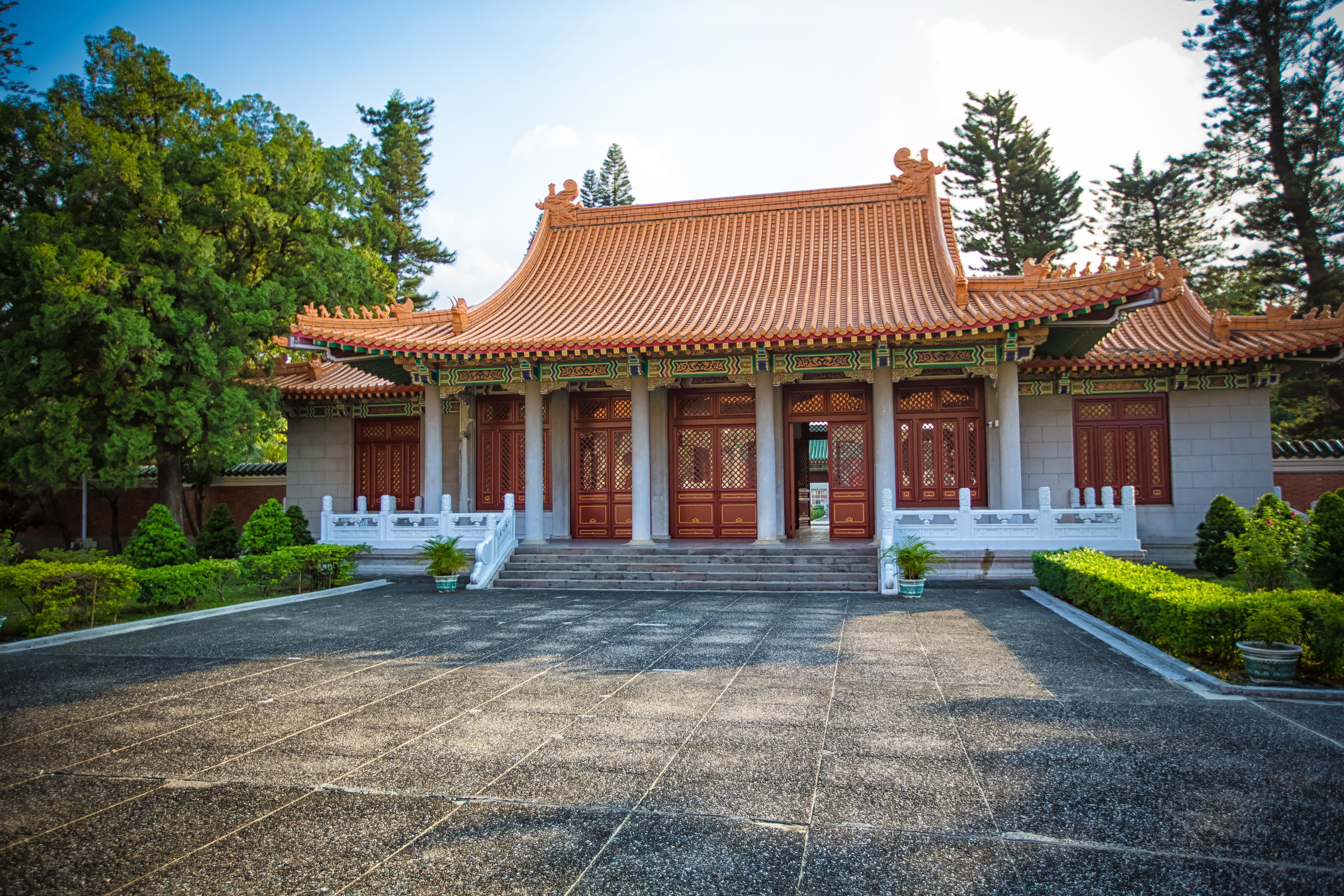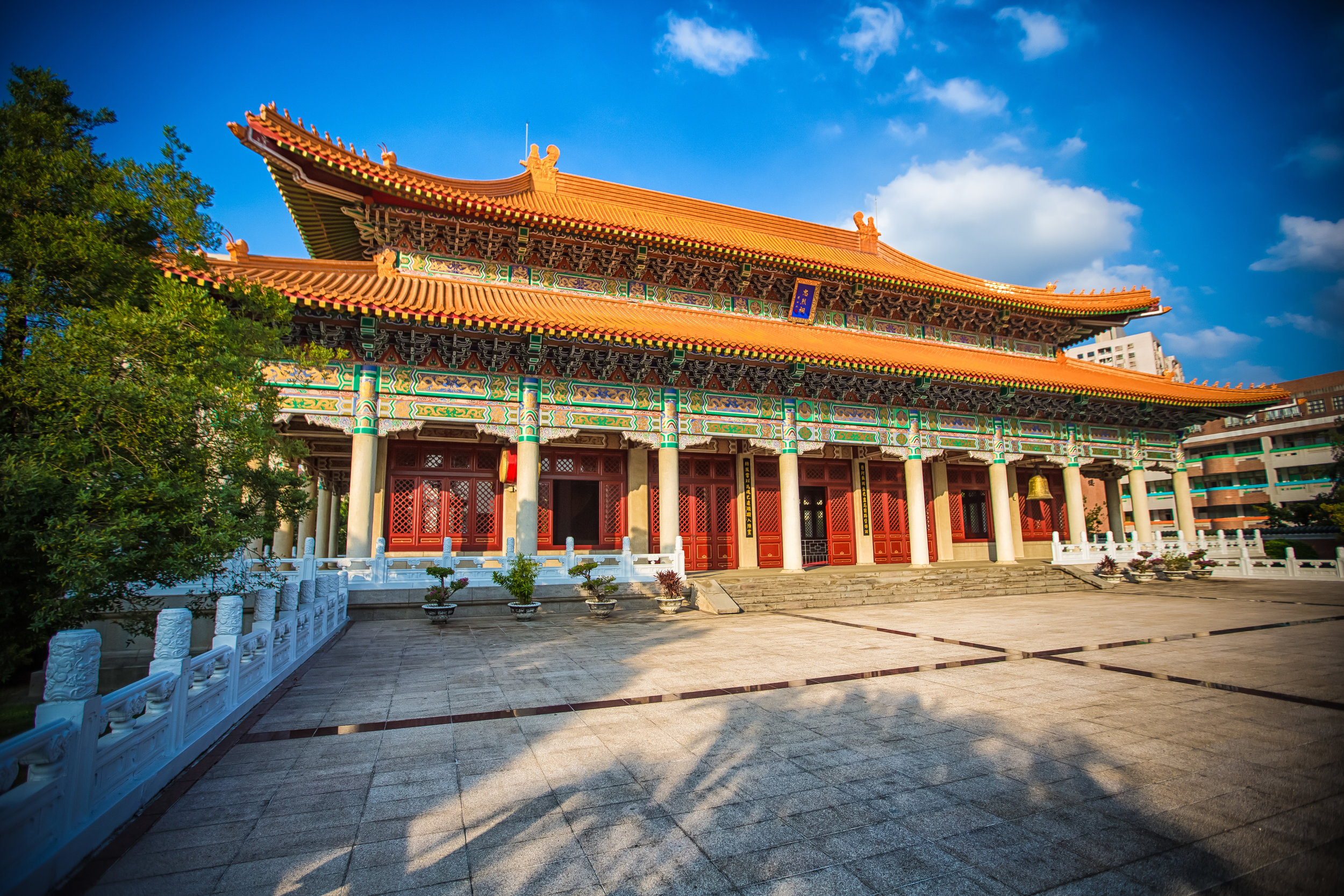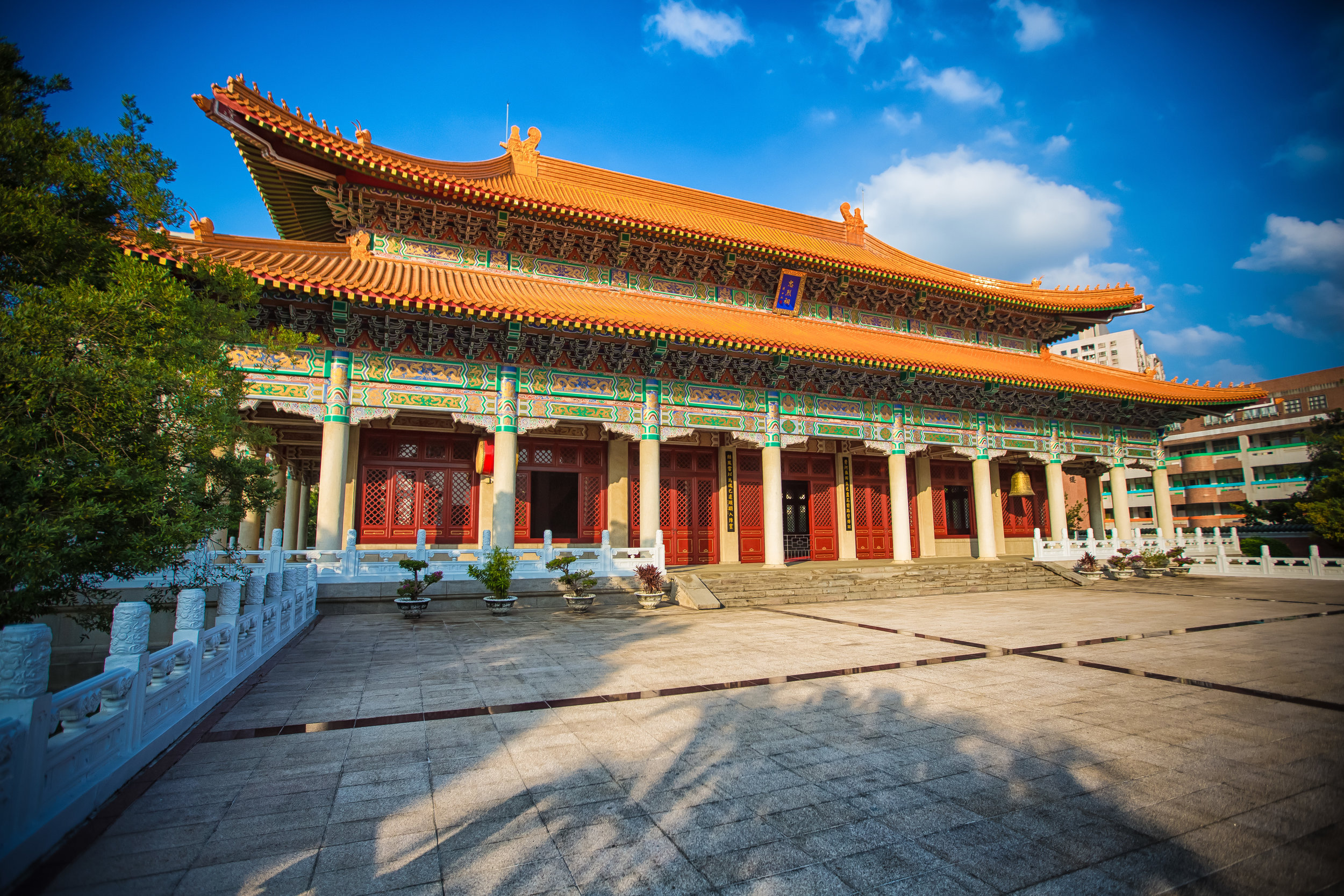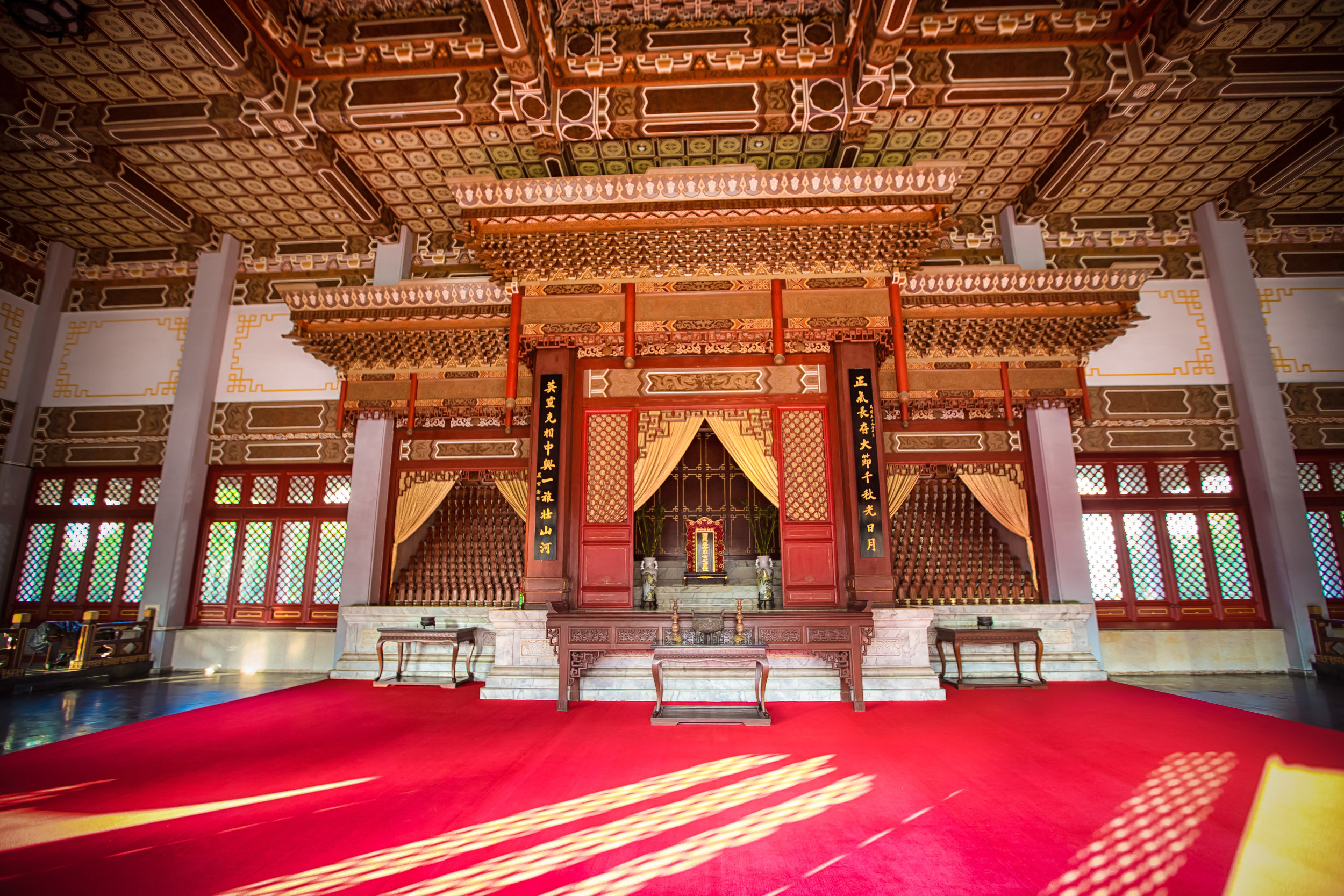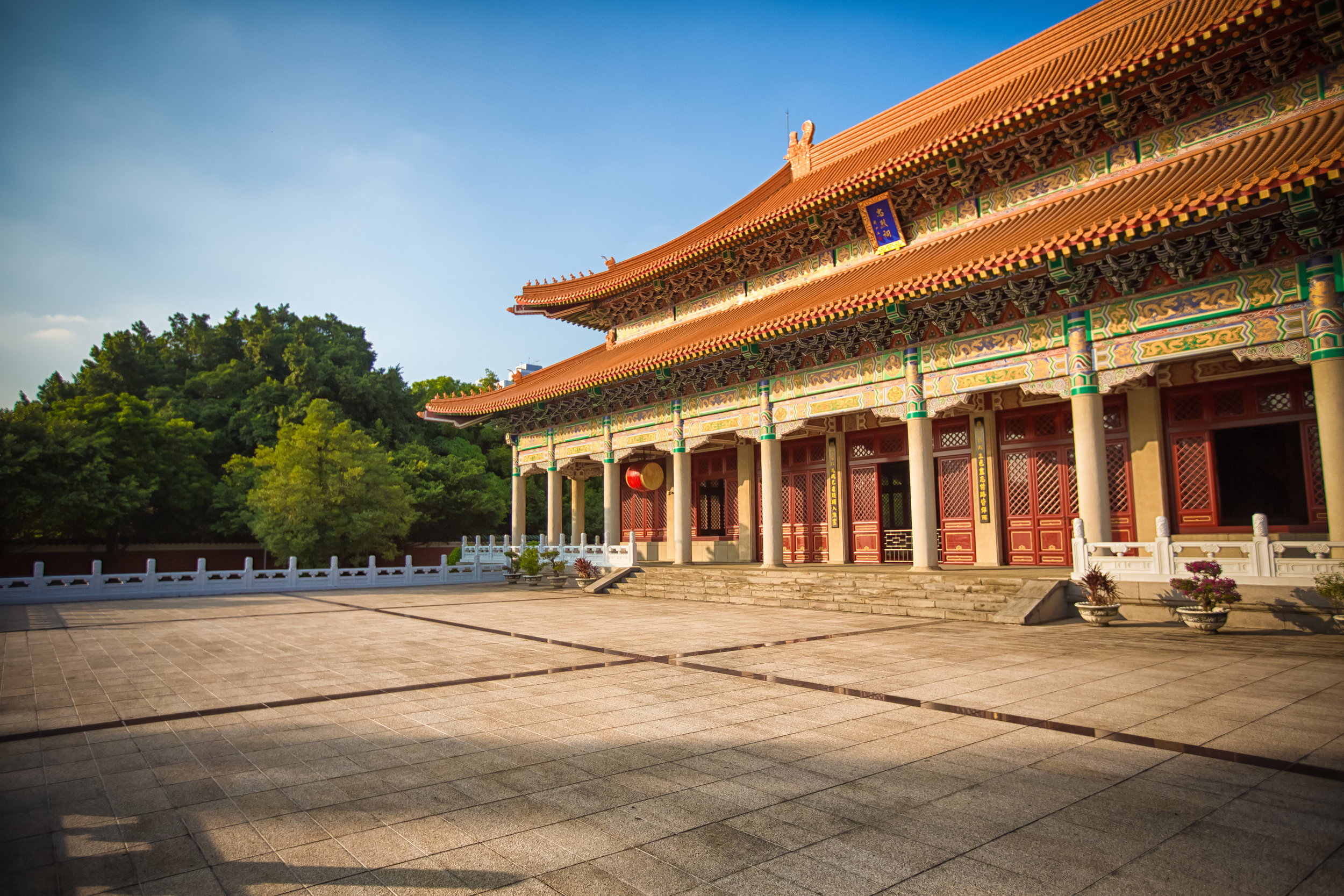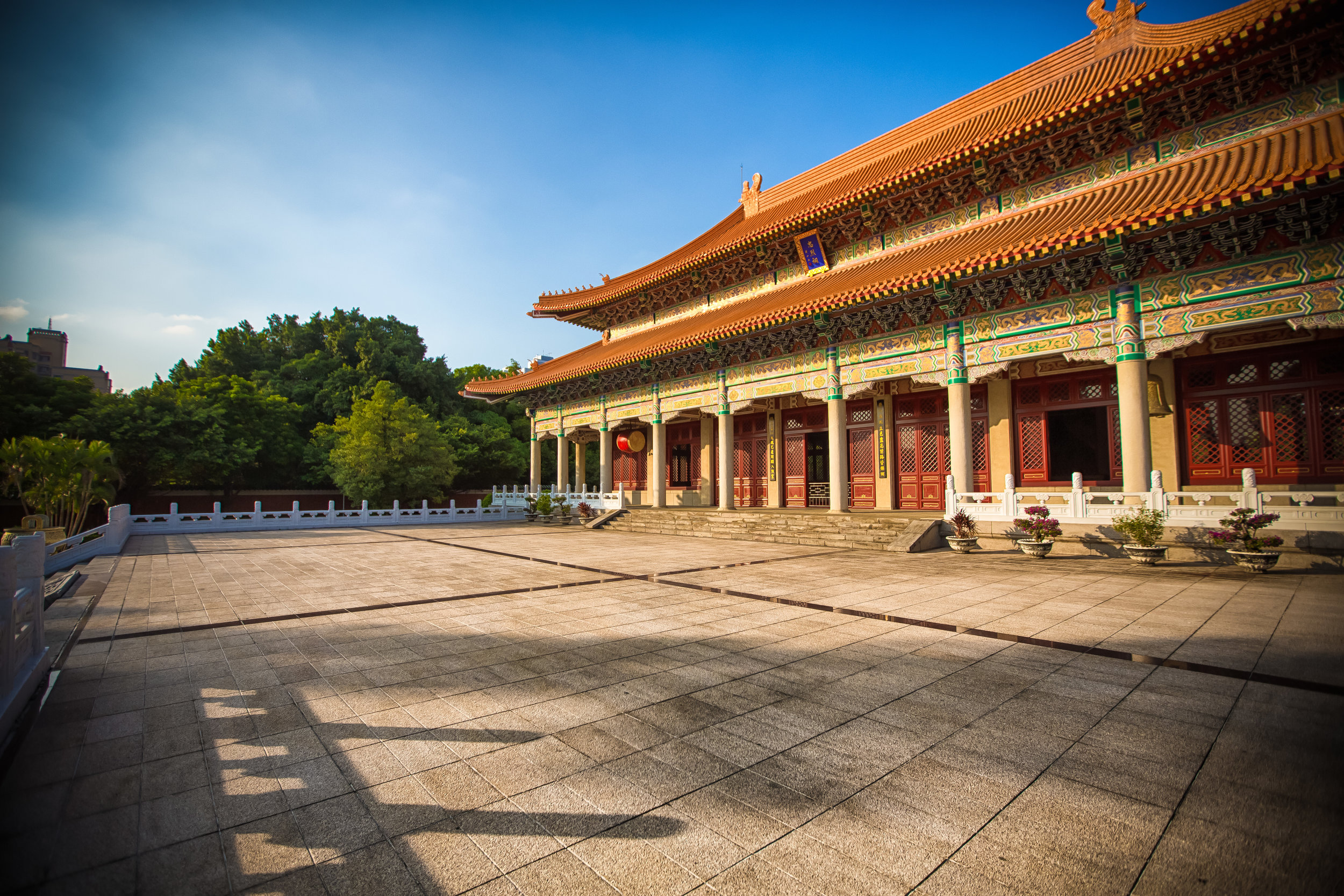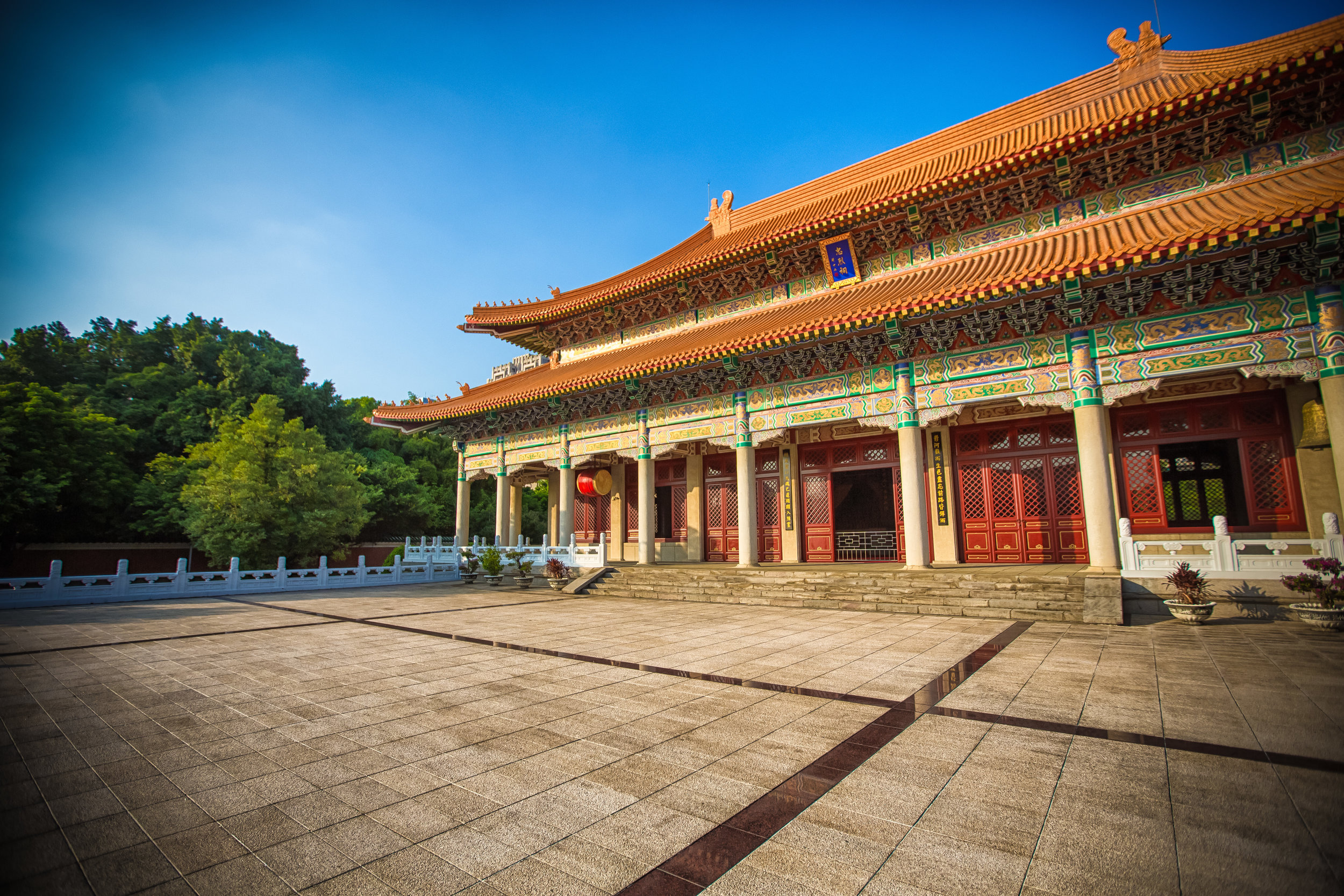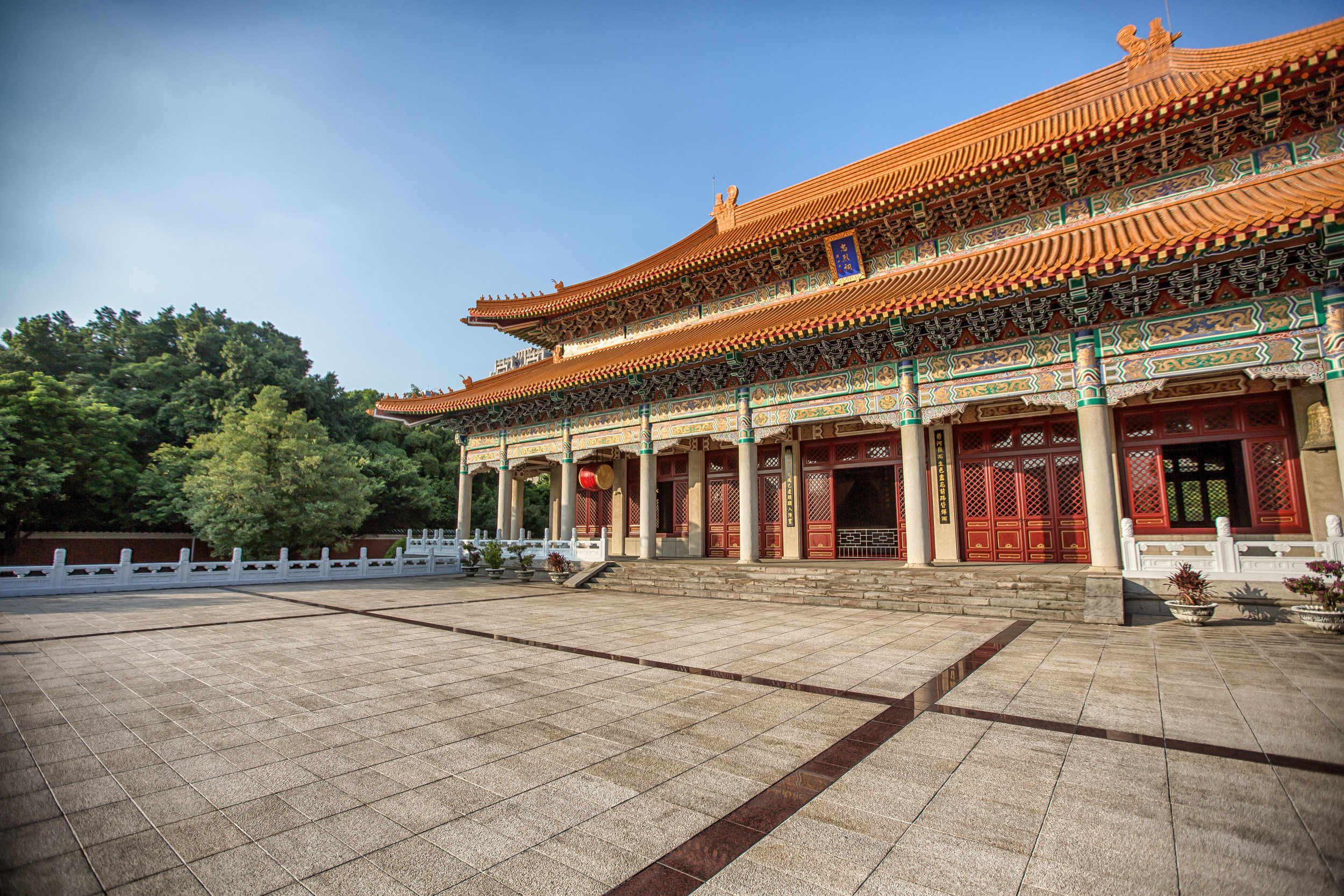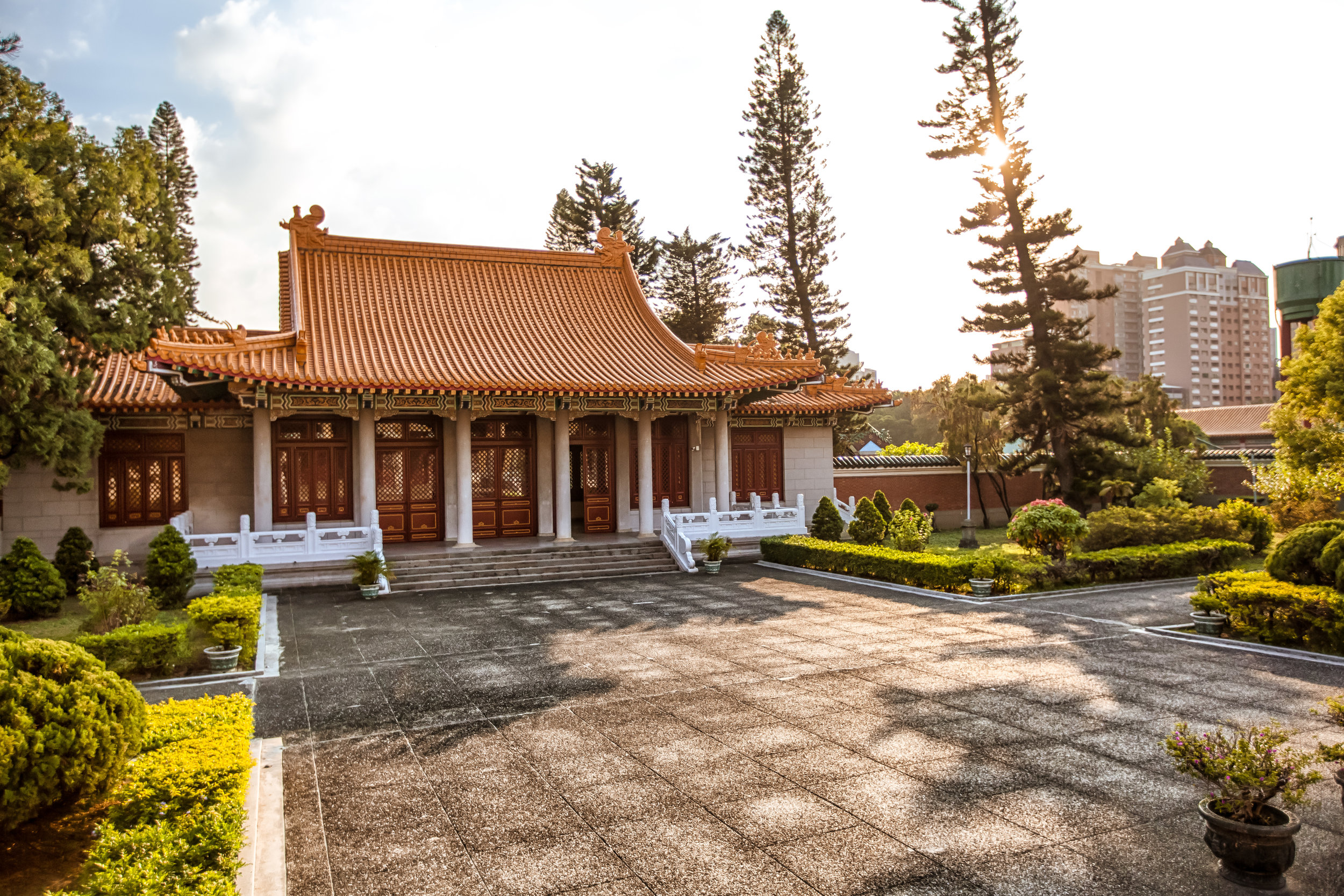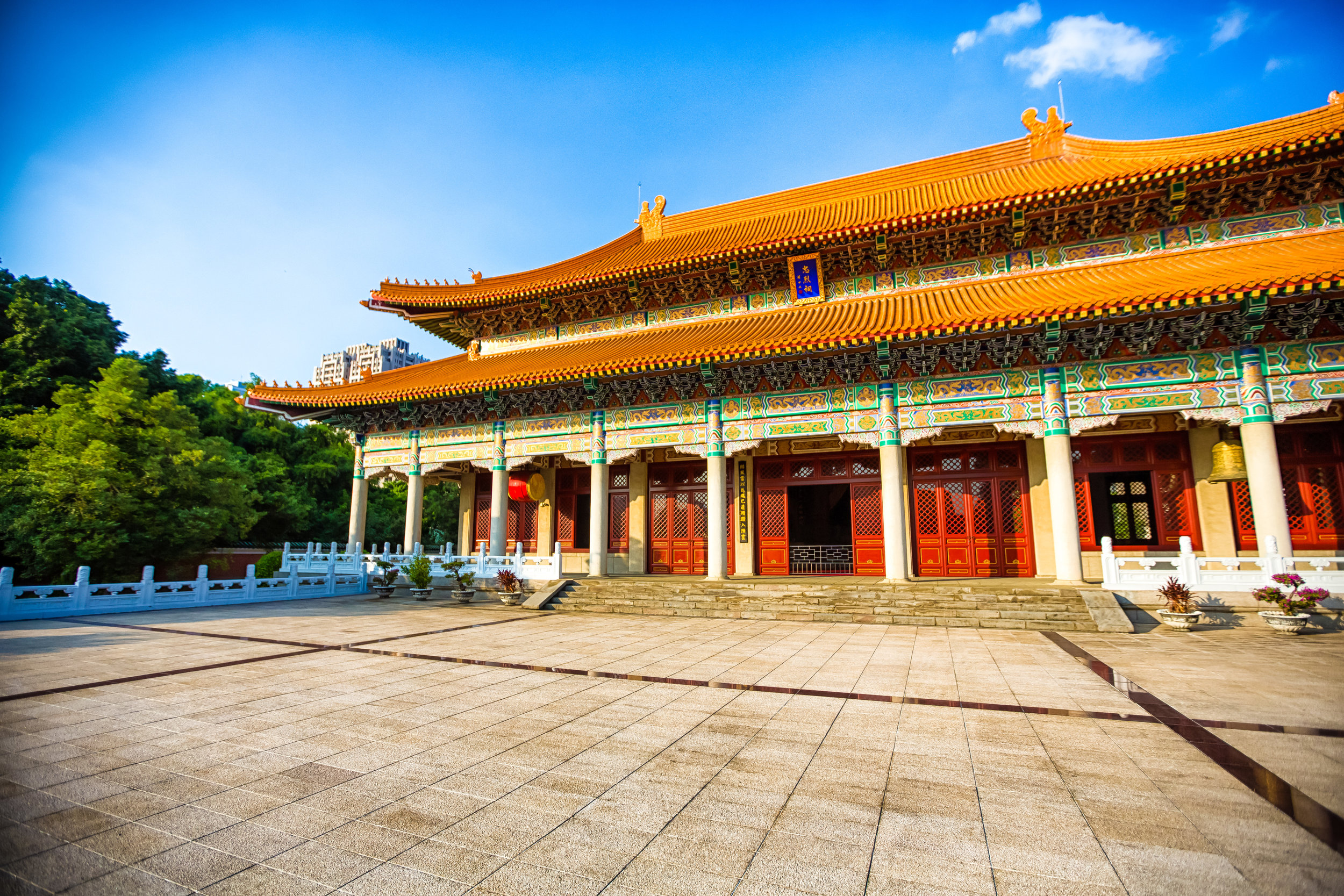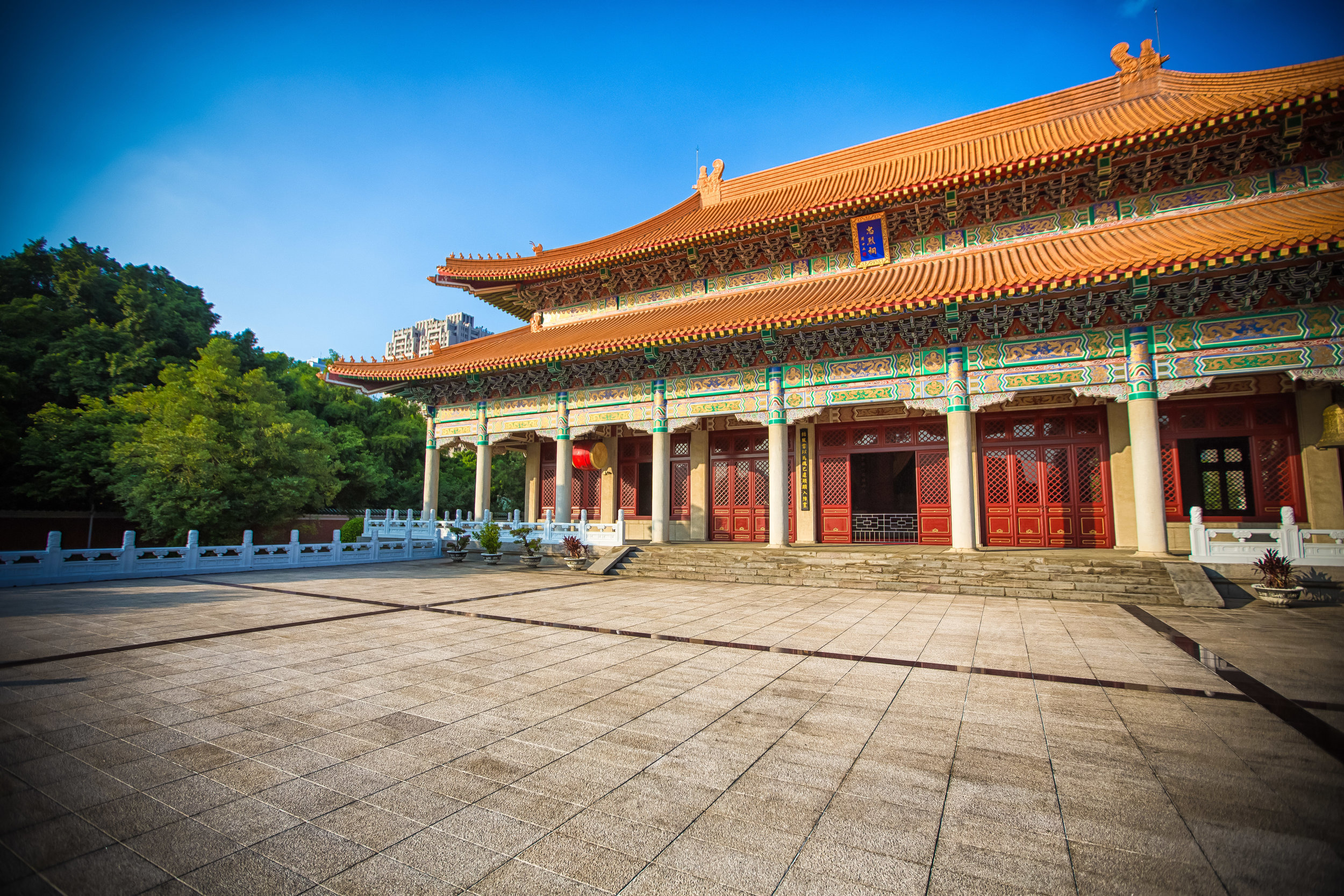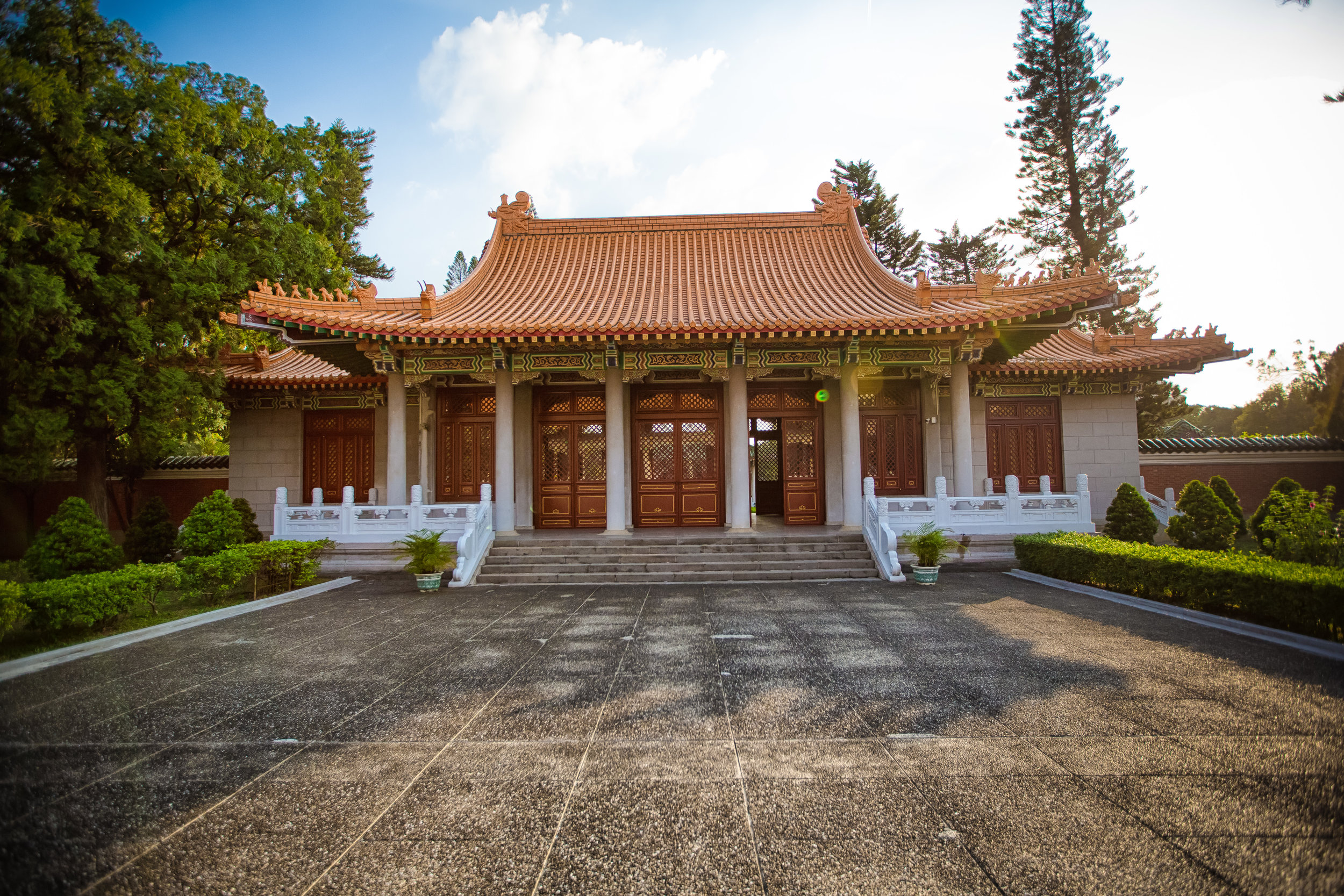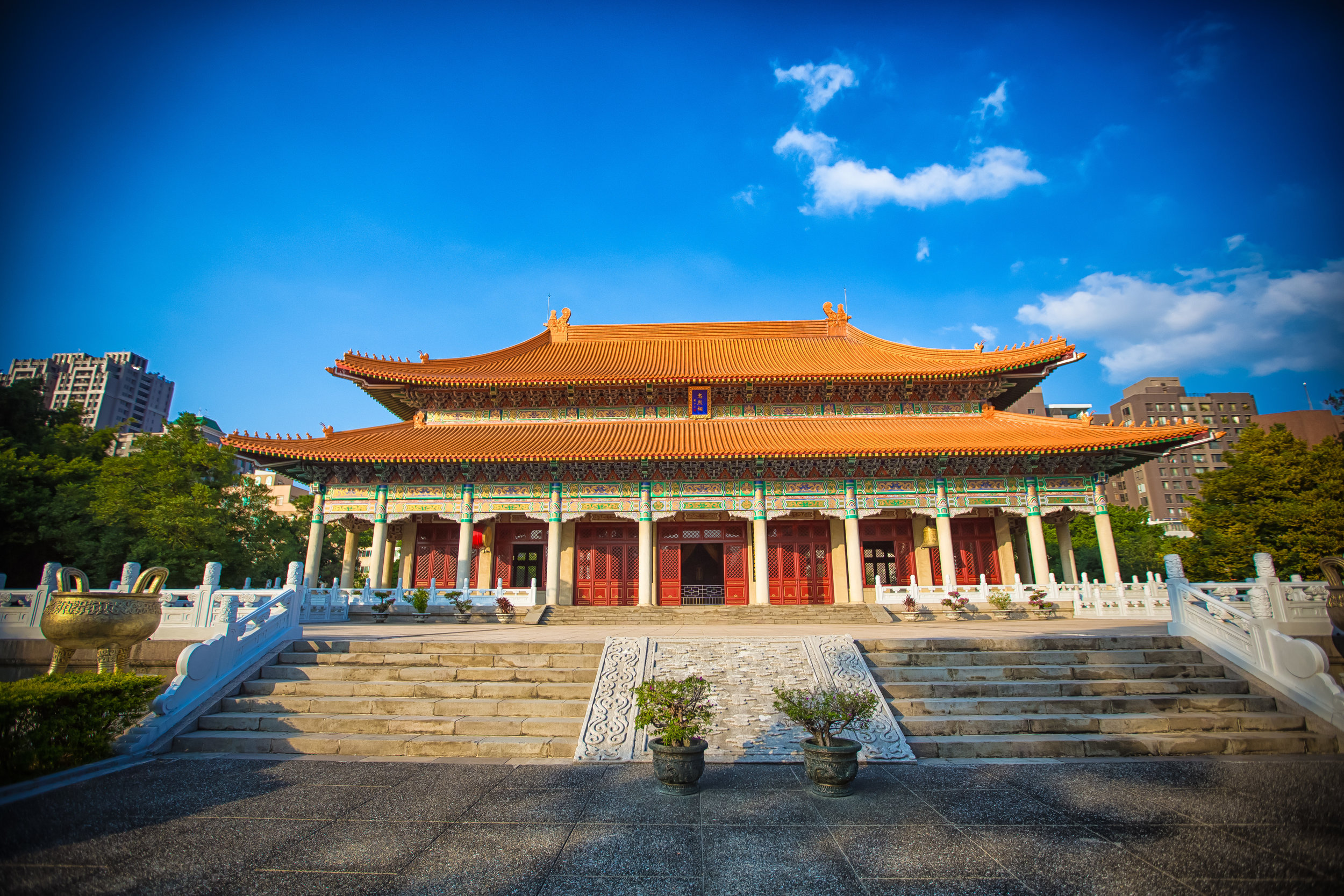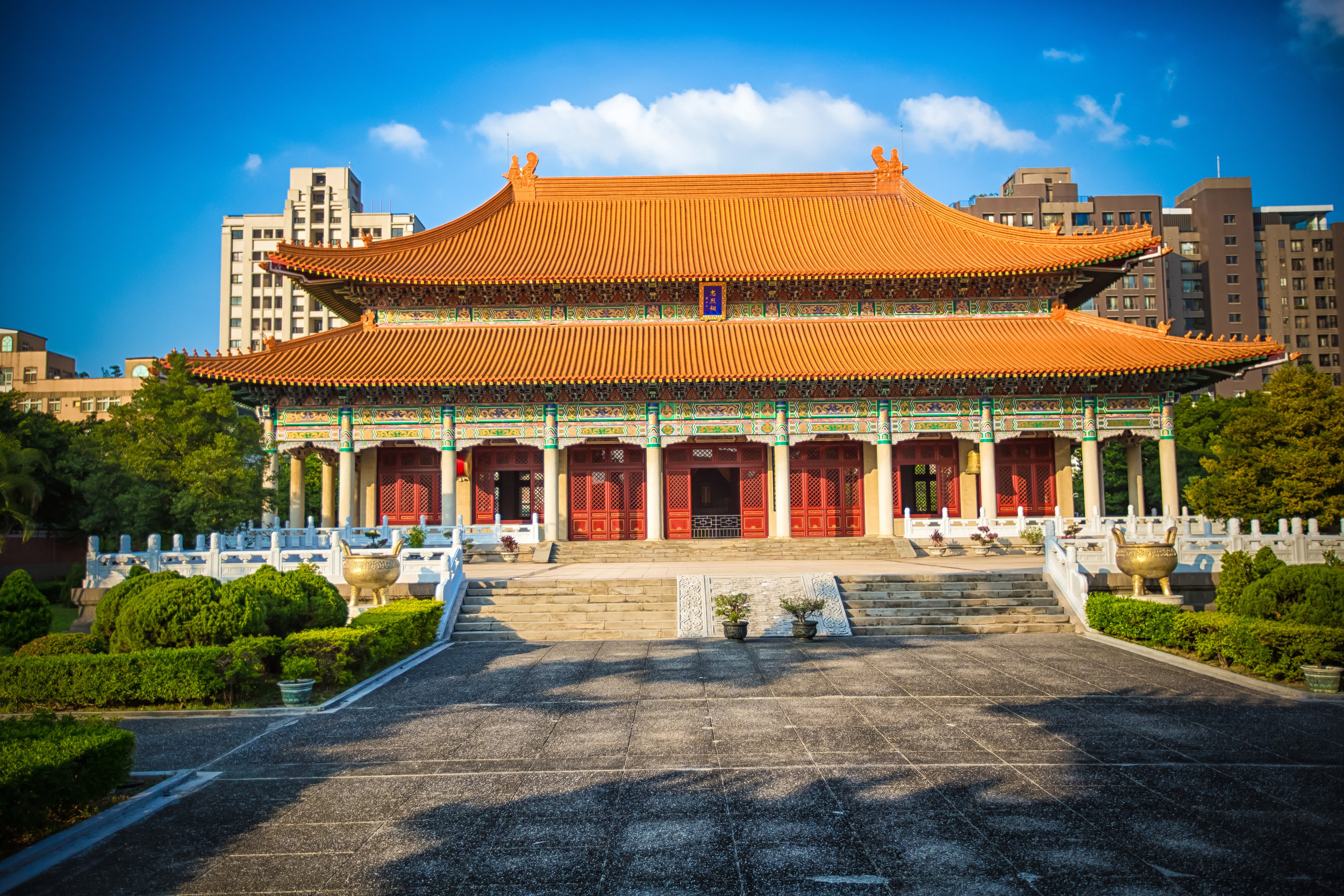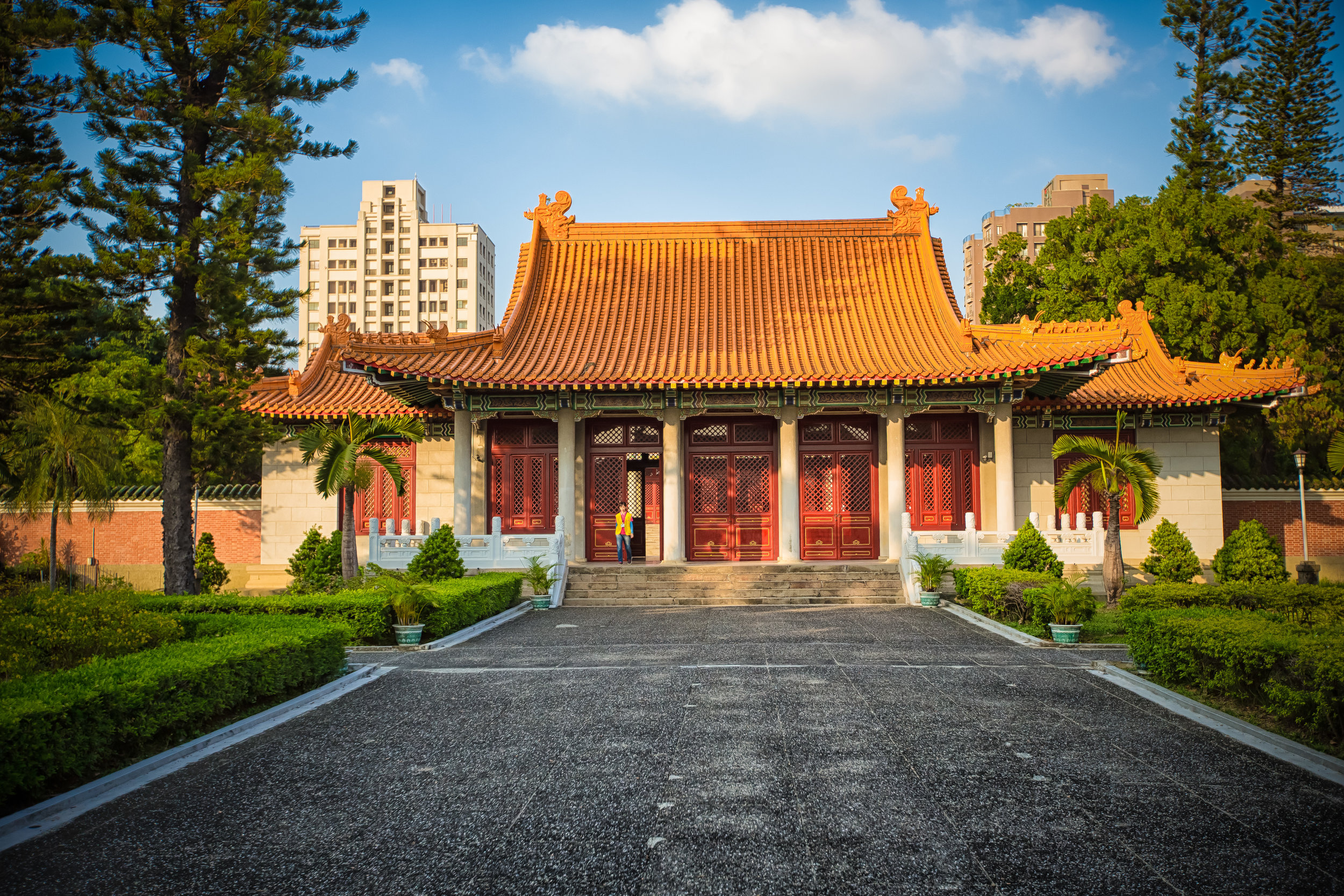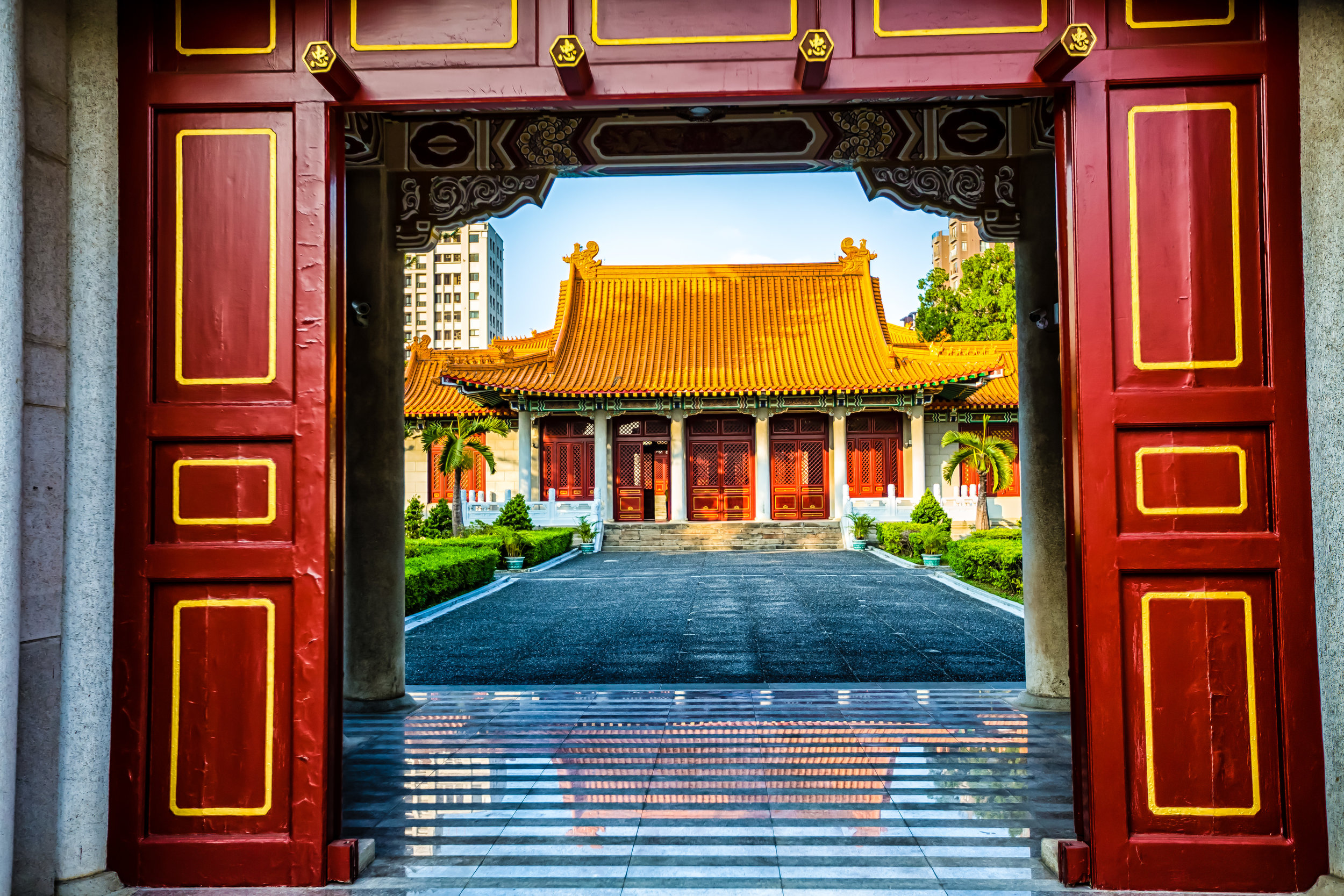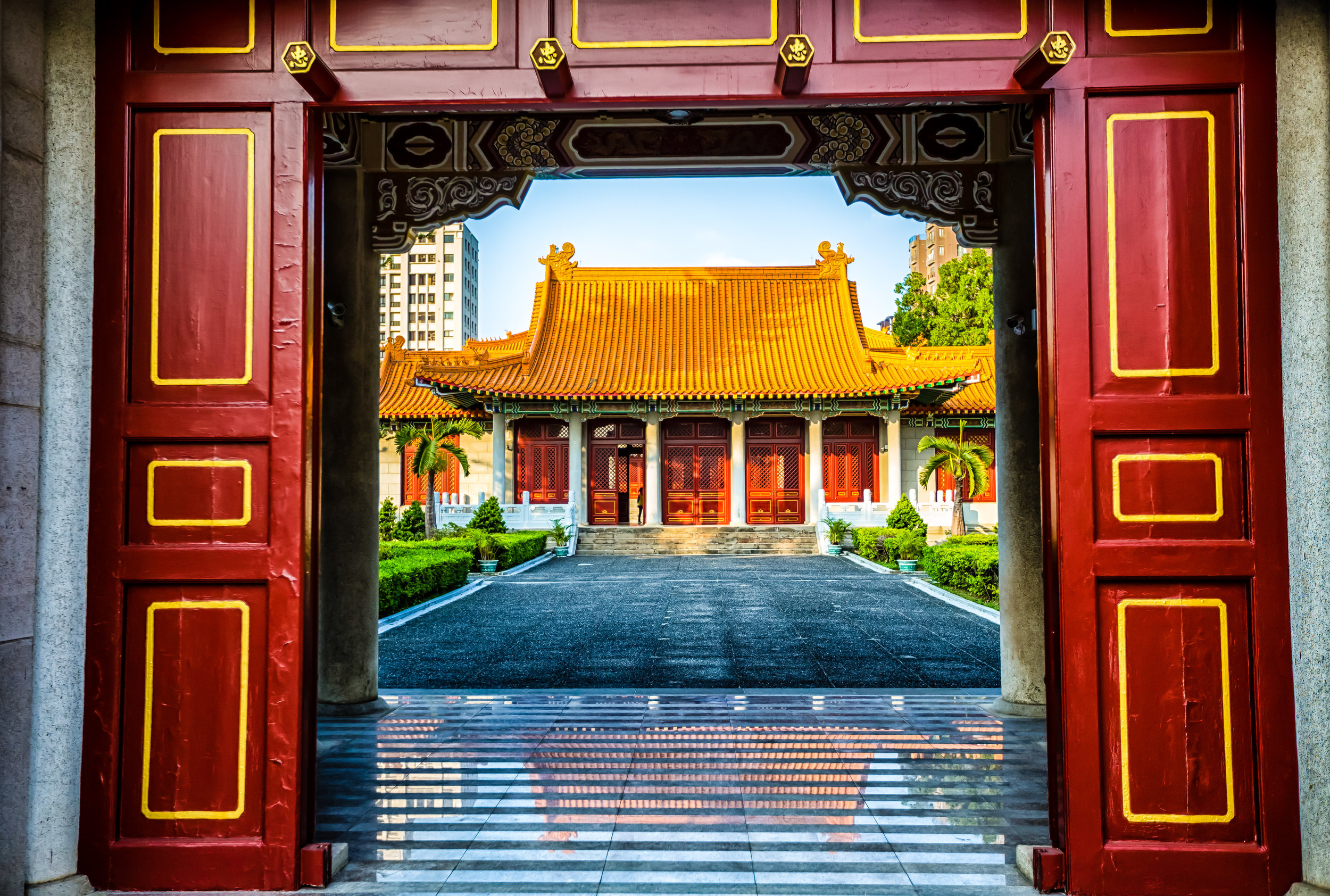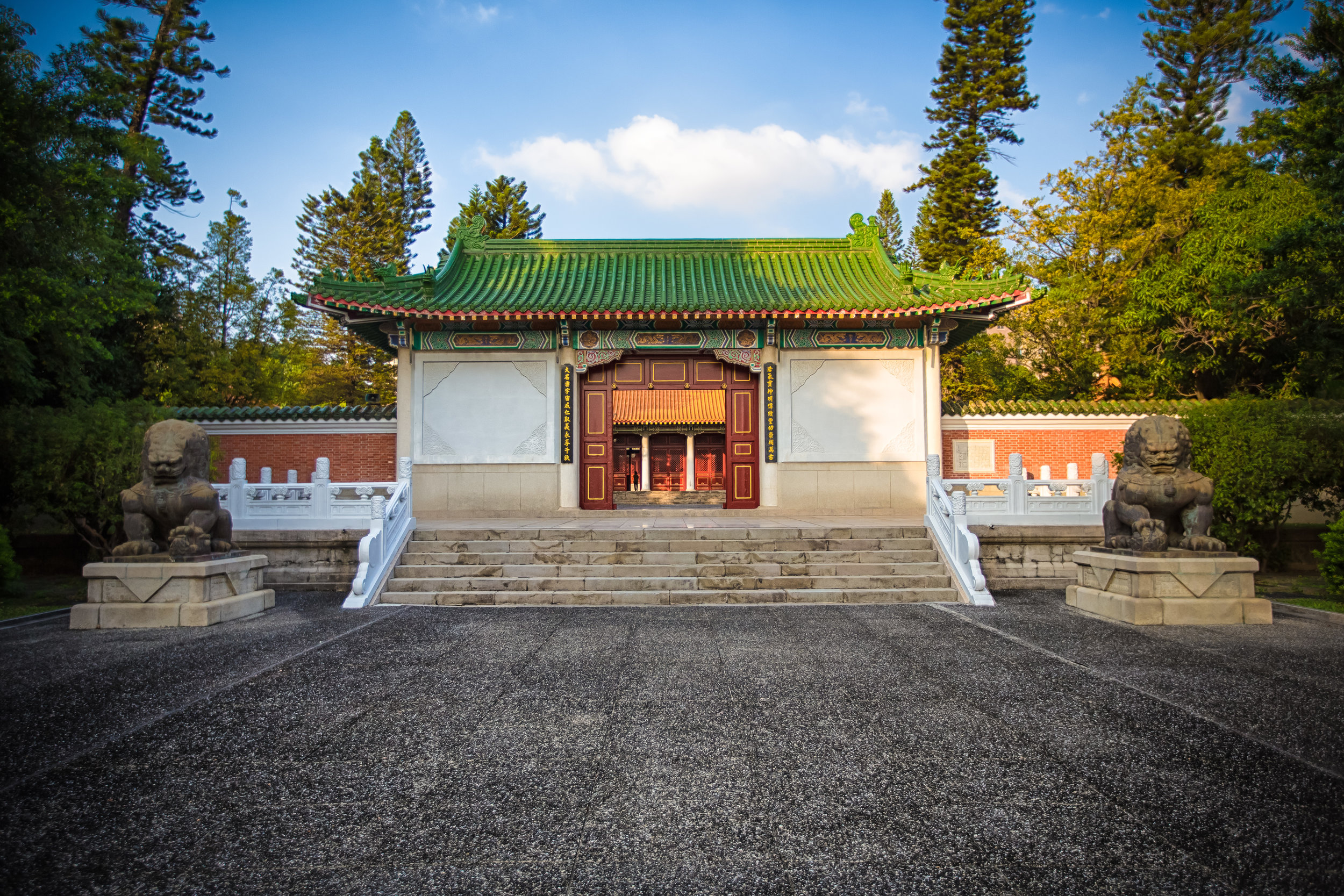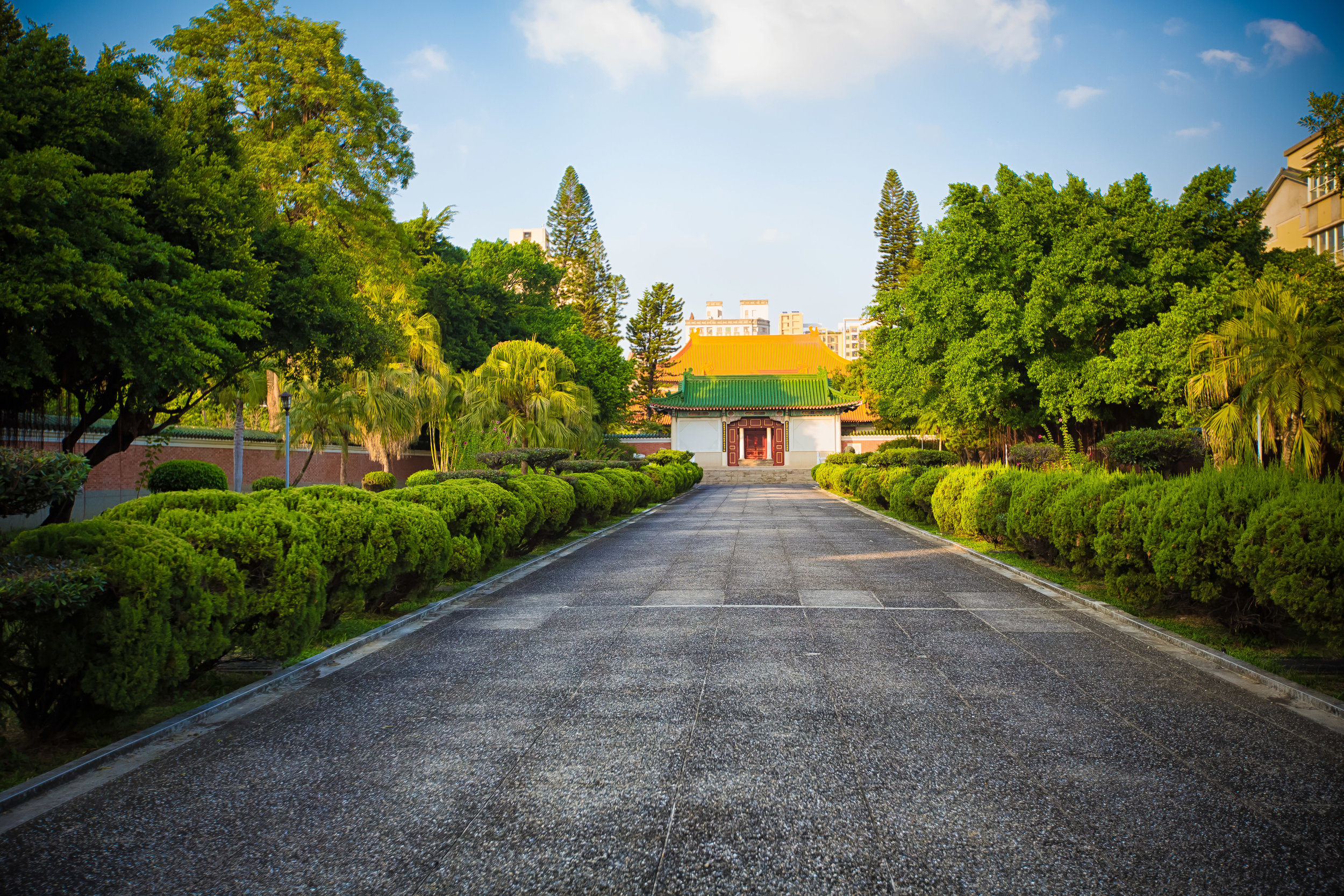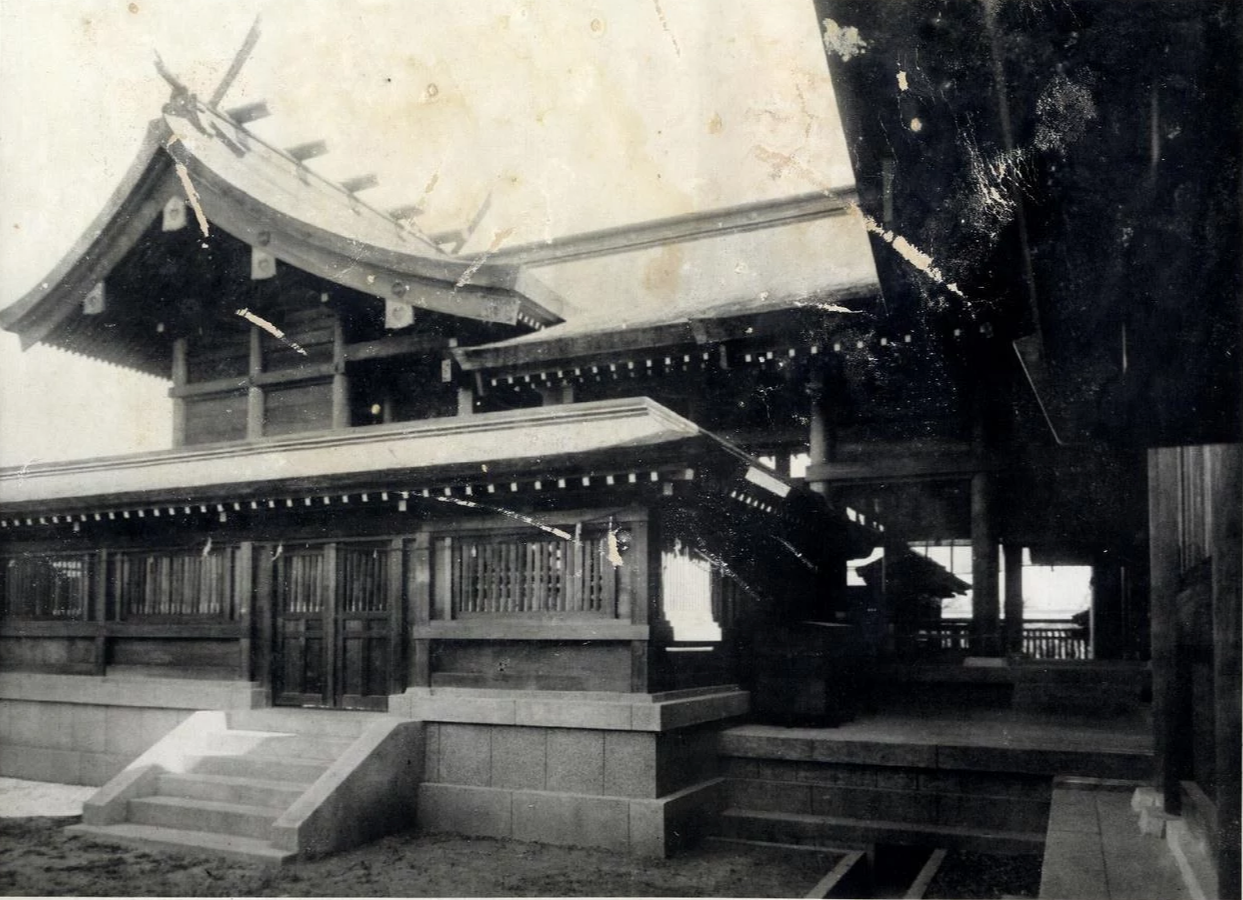A few months ago I took a solo day-trip down to Taichung to check off the beautifully restored Taichung Martial Arts Hall from my list of places to visit. While in the city I figured I might as well check out a few other spots to make the most of my time before heading over to one of my favourite coffee shops.
One of the places that I’ve wanted to visit was the Taichung Martyrs Shrine which is a short bike ride away from the train station.
There may be some who find Martyr’s Shrines interesting, but I’ve never actually visited one of them on purpose - especially the touristy grand shrine in Taipei.
To tell the truth, I’ve never actually seen the point of visiting a war shrine dedicated to fallen soldiers from China’s wars, especially since the majority of those war-dead had never stepped foot in this country.
With that being said, I had a different goal in mind - A few months ago I wrote about my visit to the Taichung Park where the former Shinto Shrine there had been destroyed years before with what little remains today being recently vandalized by silly little men with too much time on their hands. The history of the Japanese Colonial Era in Taichung is an interesting one and the importance that the colonial powers placed on Taichung was important to the development of the city we see today.
Taichung was not just home to the smaller Shinto Shrine in Taichung Park but also a much larger one in the place that the Taichung Martyrs Shrine currently occupies. While the shrine itself is long gone and the buildings have been replaced by Chinese-palace style buildings, the history of the plot of land remains important and there is still evidence of what used to be there.
I decided to take the short bike ride over from the train station which would be the perfect end to an already productive day of taking photos to check out both of these shrines. While I won’t spend much time in this post about the design of the current Martyrs Shrine, I’ll contrast the photos I took with some beautiful historic photos I’ve collected from the past to show a bit of the history of this piece of Taichung’s history.
Taichung Shinto Shrine (臺中神社)
The original Taichung Shinto Shrine, or the “first generation shrine” as it’s referred to in Chinese is the shrine that I wrote about a while back which was pretty much demolished after the colonial era ended.
The remaining pieces were recently vandalized and the main shrine area strangely became home to a statue of Confucius. The smaller first generation shrine was constructed near the train station and was situated in Taichung Park near the beautiful Mid-Lake Pavilion.
As Taichung grew however in terms of its development the colonial government decided to construct a much larger county-level (縣社) Shinto Shrine that would be more fitting for a city of its size.
In 1942 (昭和17年) the Taichung Shinto Shrine (臺中神社) which was also known as “Taichū Jinjya” (たいちゅうじんじゃ) was completed and opened to the public on a plot of land over 23,000 square meters large.
Much like the Martyrs Shrine of today, the purpose of the original Shinto shrine was to pay honour to the fallen heroes of the Japanese empire.
While it was a shrine dedicated to the war-dead it was also a place to worship several Shinto gods which included Prince Yoshihisa (北白川宮能久親王), Ōkuninushi (大國主) and the Three Deities of Cultivation (開拓三神) which happened to be the most common Shinto deities found in the over 200 Shinto Shrines throughout Taiwan during the Japanese Colonial Era and were also enshrined at the Taoyuan and Tungxiao Shinto Shrines.
Note: Prince Kitashirakawa Yoshihisa was a popular 'deity' in Taiwan during the Colonial Era due to the fact that he died of Malaria in Tainan and was the first member of the Japanese Imperial family to pass away outside of Japan in almost 900 years.
As mentioned above, the Shinto Shrine occupied a large plot of land which has since been divided up to include both the Martyrs Shrine as well as the Taichung Confucius Temple.
Even though the buildings that occupy the land today are much larger in scale than what was originally there, the Shinto Shrine placed more emphasis on integrating natural beauty into its design. Today some of that natural beauty still exists with some of the large beautiful trees that line the Sando, or the “Visiting Path” (參道) which also still has the some of the original lanterns.
While you might think that the original Shinto Shrine was destroyed shortly after the colonial era ended, it wasn’t until 1972 that it was finally torn down and plans were made to replace it.
Even though the colonial era ended in 1945, the housing crisis meant that any existing infrastructure would be used to house refugees fleeing from the Chinese Civil War.
In 1946 the Main Hall (主殿) was converted into the Taichung Martyrs Hall with the parts of the grounds later becoming home to the Air Force, an elementary school and a junior high school.
In the late 1960s plans were made to tear down the original structures and rebuild a new Chinese palace style structure which would become the new Martyrs Shine. Even though the new building opened to the public in 1970, a few remnants of the original Shinto Shrine still existed but would be removed a few years later when the government started enforcing its new policy of cleansing Taiwan of Japanese influence.
Even though the original shrine doesn’t exist today, we are lucky that there were avid photographers among the Japanese who came to Taiwan and that there are still photos to prove that this area was once home to a beautiful Shinto Shrine and I’m happy to share their work in conjunction with mine to give a bit of a contrast.
Taichung Martyrs Shrine (臺中市忠烈祠)
The Chinese palace style Taichung Martyrs Shrine was completed in 1970 on a plot of land considerably smaller than the original.
Even at its current size of 6168 square meters however, its still one of the largest Martyrs Shrines in Taiwan with the land since being partitioned into two different schools and reserving a plot for the the construction of the Confucius Temple next door.
Even though the newer shrine doesn’t occupy as much land as the previous tenant, it makes up for that in the size of the buildings that were constructed with the little space that they had and cover an area of 620 square meters.
The current set up of the Martyrs Shrine consists of a large gate (大門), a long visiting path (參道) with Chinese gardens on each side, a main gate (山門), a front hall (前殿) the main hall (正殿) and five gates (精忠門) on the sides and behind the main hall.
I won’t spend a lot of time describing each different section of the shrine but I’ll give a short description: The visiting path is a long beautiful pathway lined with tall trees and gardens on either side and was probably the highlight of the experience for me. At the end of the walking path you are met with the front hall, which is flanked by the much larger main hall.
The front hall acts as both a gate and an administration building for the people who take care of the grounds. Even though its a much smaller building than the main hall, it blends in quite serenely with the nature that surrounds it making it also quite picturesque.
The main hall of the shine is quite large and looks like a typical Chinese palace-style building. In terms of its layout, its roof and the colour-scheme look a lot similar to the National Palace Theatre and Concert Hall at the Chiang Kai-Shek Memorial Hall in Taipei (although not as big). The main hall is quite nice to look at from the outside but when you look into the large empty shrine room you will probably feel a bit underwhelmed as there isn’t a whole lot going on inside and because you can’t actually get in to walk around.
A simple shine for the war dead is quite typical however for shrines of this kind. You maybe expecting a bit more but what you see is what you get with Martyrs Shrines like this.
If you appreciate Chinese architecture, a visit to this shrine is probably going to be a pretty cool stop for you as the architecture adheres quite strictly to traditional design and Feng Shui.
The shrine is quiet, peaceful and is full of nature, which makes it a nice respite from the busy city.
There are pamphlets at the front hall which offer all the information you’ll need about the shrine in English, Japanese, Korean and Simplified Chinese.
Getting There / Map
If you are visiting Taichung and don’t have access to your own method of transportation, I’d say the best way to get to the Taichung Martyrs Shrine is either by YouBike or bus. The shrine is a short ride away from the Taichung Train Station and is also close to the beautiful Taichung Park where you’ll find the Mid-Lake Pavilion. If you decide to take the YouBike route you can easily stop by both the park and the temple as well as the Taichung Confucius Temple.
If you decide to go by bus, you can get there by taking Bus #1, #21, #31, #41 or #67 from Taichung Train Station.
Address: No.30, Sec. 2, Shuangshi Rd., North Dist., Taichung City (台中市北區雙十路二段30號)
The Taichung Martyrs Shrine isn’t the major tourist attraction that its counterpart in Taipei is and you won’t get to enjoy the ceremonial changing of the guard ceremony at this one but if you are interested in Chinese-style architecture, then you’ll probably enjoy a short stroll around the grounds.
Personally, my visit was solely to see what little remains of the once beautiful Taichung Shinto Shrine that occupied the space. The original buildings may have been lost to time and politics but the set up of the park and the beautiful gardens that lead up to its entrance are evidence enough of the storied history of this little piece of Taichung.
Gallery / Flickr (High Res Photos)
